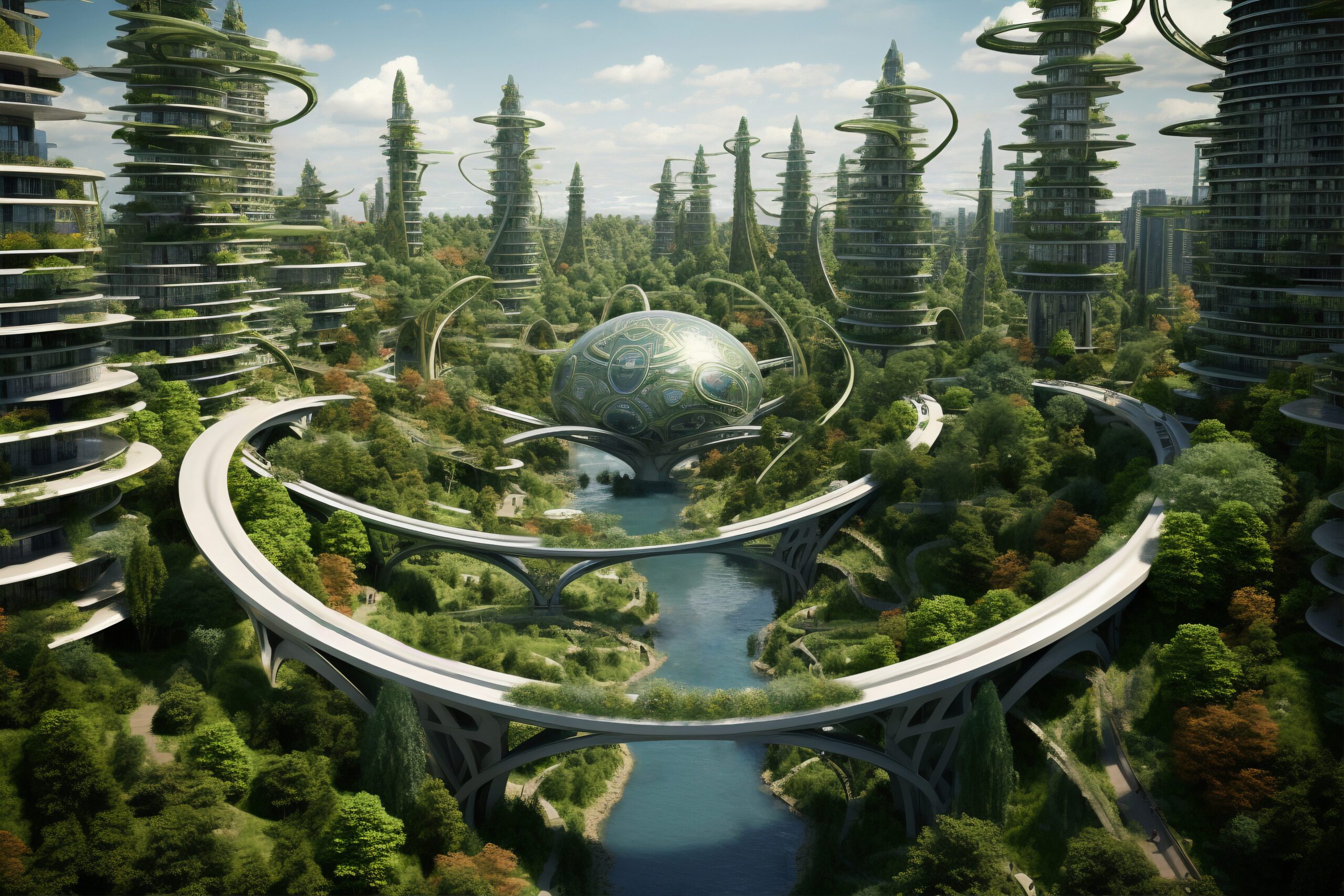As the world grapples with climate change, resource depletion, and environmental degradation, technology emerges as a beacon of hope. Green technologies in 2025 are not just innovations—they’re transformative tools reshaping environmental science and creating a path to sustainability. From renewable energy breakthroughs to advanced waste management systems, these innovations are driving meaningful change.
Here, we explore the top 5 green technologies revolutionizing environmental science in 2025 and their profound impact on our planet.
Why Green Technologies Matter in 2025
The stakes for environmental preservation have never been higher. Global warming, shrinking biodiversity, and water scarcity demand immediate action. Green technologies address these challenges by:
- Reducing carbon emissions.
- Conserving natural resources.
- Promoting renewable energy adoption.
- Enhancing waste management efficiency.
In 2025, the intersection of innovation and sustainability is redefining what’s possible for environmental science.
1. Artificial Intelligence (AI) for Climate Monitoring
AI has become a cornerstone in understanding and combating climate change. Its ability to process vast datasets and identify patterns is helping scientists make better decisions.
Key Developments in AI for Climate Monitoring
- Predictive analytics: AI predicts weather patterns, helping to mitigate natural disasters.
- Carbon tracking: AI-powered systems track emissions, offering actionable insights for reduction.
- Ecosystem management: AI aids in monitoring deforestation, wildlife populations, and ocean health.
An example is Google’s AI-driven project, which uses machine learning to forecast renewable energy availability and optimize usage.
2. Advanced Renewable Energy Solutions
Renewable energy in 2025 isn’t just about solar and wind—it’s about efficiency and accessibility. Innovations are making green energy more affordable and adaptable.
Key Developments in Renewable Energy:
- Floating solar farms: These reduce land usage and improve efficiency by using cooling water.
- Next-gen wind turbines: Taller, more efficient turbines harness wind in low-wind areas.
- Hydrogen fuel cells: Providing clean energy for transportation and industries.
The integration of renewable energy with smart grids ensures reliable and sustainable power distribution.
3. Carbon Capture and Storage (CCS) Technologies
Reducing CO₂ levels is a critical priority, and CCS technologies are stepping up to the challenge. These systems capture carbon dioxide from industrial emissions and store it underground or repurpose it.
How CCS Is Revolutionizing Carbon Management:
- Direct air capture: Removing CO₂ directly from the atmosphere.
- Enhanced oil recovery: Utilizing captured CO₂ to extract oil while reducing emissions.
- Industrial applications: Converting CO₂ into building materials like concrete.
Companies like Climeworks are leading the way with innovative CCS solutions, aiming to curb global emissions significantly.
4. Circular Economy Innovations
The circular economy is transforming waste into resources, reducing environmental impact while promoting sustainable growth.
Breakthroughs in the Circular Economy:
- Biodegradable plastics: Innovations in bioplastics reduce dependency on fossil fuels.
- E-waste recycling: Advanced methods extract precious metals from discarded electronics.
- Closed-loop manufacturing: Factories that reuse materials without waste.
By 2025, countries and corporations are adopting circular principles to minimize waste and maximize efficiency.
5. Smart Water Management Technologies
Water scarcity is a pressing global issue, and technology is playing a vital role in managing this precious resource.
Key Innovations in Water Management:
- IoT-enabled sensors: Monitoring water quality and usage in real time.
- Desalination advancements: Using renewable energy to convert seawater into drinkable water.
- Leak detection systems: Preventing water loss in urban infrastructure.
These innovations ensure equitable distribution of water resources and minimize wastage, contributing to a sustainable future.
The Benefits of Green Technologies
Embracing green technologies offers numerous advantages, including:
- Environmental protection: Minimizing pollution and conserving ecosystems.
- Economic growth: Creating green jobs and fostering innovation-driven economies.
- Energy independence: Reducing reliance on fossil fuels and enhancing energy security.
Challenges in Implementing Green Technologies
While green technologies are promising, their adoption isn’t without challenges:
- High initial costs: Advanced systems often require significant investment.
- Scalability issues: Adapting technologies to meet global demands can be complex.
- Policy hurdles: Regulatory frameworks may lag behind technological advancements.
Governments, businesses, and communities must collaborate to overcome these barriers.
Conclusion
The top 5 green technologies of 2025 are reshaping environmental science and laying the groundwork for a more sustainable planet. From harnessing AI for climate monitoring to innovating in water management, these advancements are not just futuristic—they’re actionable solutions for today’s challenges.
By investing in and adopting these technologies, we can mitigate environmental issues, drive economic growth, and leave a healthier planet for future generations. The time to act is now—together, we can build a greener tomorrow.




